What is DePIN, the new narrative in the crypto industry?
Written by: Joel Agbo
Translated by: Baihua Blockchain
1. What is DePIN in Cryptocurrency?
DePIN stands for Decentralized Physical Infrastructure Networks, which utilizes blockchain and token rewards to develop physical infrastructure in the real world, covering areas such as transportation, energy, and wireless connectivity.
Key Points:
DePIN is an abbreviation for Decentralized Physical Infrastructure Networks. This term refers to the development of blockchain-based management systems for real-world facilities, such as computing power and markets for real-world data.
DePIN leverages a cryptocurrency-driven incentive system to establish a reward-based system for crowdsourced physical infrastructure service providers while promoting decentralized alternatives to known traditional facilities.
The concept of DePIN has a broad scope, encompassing many critical operational systems in both industry and daily life.
Projects like IoTEX, Helium, Hivemapper, and Natix network are making significant attempts in this field, and DePIN is becoming an industry worth watching in the cryptocurrency space.

Various centralized digital platforms leverage community power to build resource networks for millions of users. One example is ride-sharing services like Uber. Uber drivers contribute physical resources (vehicles) and services (driver services) and receive corresponding rewards, while the platform provides these services to a broad user base.
Centralized systems like this use fiat currency to reward providers or attract them through volunteer benefits (such as greater visibility), while they maintain control over provider resources on the platform (at least while they are active on the platform). Providers also need to go through explicit processes to gain membership; the same applies to users.
Blockchain-based projects are developing solutions and improvements for this system. These projects claim to offer providers a better way to participate in public service provision and assert that they provide flexible and higher rewards for these services. These projects are referred to as DePIN and have the potential to disrupt service-based industries in the future. So, what is DePIN?
2. Understanding Decentralized Physical Infrastructure Networks (DePIN) in Cryptocurrency
DePIN is a decentralized version of the above system. It is an abbreviation for Decentralized Physical Infrastructure Network. DePIN is a network composed of crowdsourced providers that offer specific real-world services to users and utilize a public ledger (blockchain) to record the services provided, receiving corresponding rewards through cryptocurrencies operating on the same or different blockchain networks.
For DePIN, the blockchain serves as a facility for management, remittance, and record-keeping. As a management facility, DePIN designs a permissionless system for providers and users through the blockchain; anyone with sufficient resources can provide the required services. As a remittance facility, users obtain services through blockchain-based solutions, and providers receive their rewards in cryptocurrency. As a record-keeping facility, the details of each operation are recorded on the ledger, usually available for public viewing.
DePIN has various applications. Their application range covers different fields, from crowdsourced geographic services to advanced infrastructure markets operating entirely on the blockchain.
3. Classification of DePIN
DePIN can be broadly classified into two categories:
Physical Resource Networks (PRNs) and Digital Resource Networks (DRNs).
PRNs are location-based decentralized physical resource networks. Providers in the network contribute hardware resources related to connectivity, mobility, energy, and other fields to provide services. These resources are location-based and, to some extent, non-fungible, meaning that the services are localized (set in a specific location) and sometimes non-portable (fixed in a specific location).
DRNs are networks of interchangeable digital resource providers. Providers contribute resources such as computing power, shared bandwidth, or storage facilities. These resources are not limited to specific locations or related to location data.
DePIN is breaking boundaries, connecting blockchain and the real world in an unprecedented way. Here’s how it works.
4. How Does DePIN Work?
DePIN establishes a connection between physical facilities and the blockchain. Simply put, the main roles include physical facilities controlled by providers, middleware that connects the facilities to the blockchain, and a public ledger that manages this connection for remittance. Here’s a detailed breakdown of how it works:
Physical Infrastructure: Physical facilities can be various devices such as sensors, internet routers, or solar panels. These are managed by private providers. Sometimes, these providers already own these facilities before participating in DePIN projects. One can imagine a PoW (Proof of Work) blockchain network where miners contribute computing power to secure the network. As many private providers as possible can contribute their facilities to DePIN.
Middleware: Middleware handles most of the connection work between the blockchain and physical infrastructure. Similar to decentralized oracle networks (DON), it fetches data from the external world and relays it to blockchain applications. Middleware plays a similar role. It collects activity data from each private facility and transmits it to the DePIN network.
Blockchain System: The data collected by middleware is sent to the blockchain, which serves as the management and remittance system for providers and users. Based on the data provided by middleware, the blockchain allocates demand to providers according to these activities and calculates corresponding rewards. Rewards are sent in cryptocurrency. On the user side, the blockchain also handles resource procurement, with pricing models integrated into the remittance system, allowing users to pay for each service in a timely manner.
5. DePIN Flywheel
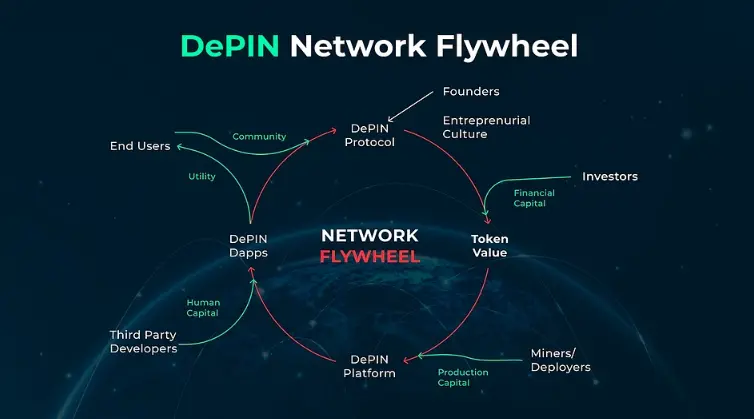
DePIN aims to develop resource-efficient physical infrastructure through incentive mechanisms. First, providers are incentivized to contribute their physical facilities to the decentralized network. To earn rewards, many providers, some of whom may have had these facilities idle, contribute them to the network. DePIN makes these resources available to users. The network generates revenue through fees paid by users.
Users are also attracted by lower service fees compared to company-owned facilities. As the network grows, the value of local tokens increases, meaning providers earn more rewards, attracting more investors and providers to join. As the cycle continues and the network expands, the DePIN flywheel gets set in motion.
6. What Are the Benefits of Decentralized Physical Infrastructure Networks (DePIN)?
While this may not be exhaustive, here are some advantages of DePIN:
Horizontal Scalability
DePIN allows facilities to increase their capacity in a more flexible manner. The network can add resources rather than increasing the capacity of each resource. This approach provides high flexibility, allowing facilities built using this system to scale up or down easily based on demand. The blockchain can control available resources and allocate demand.
In low-demand situations, some providers may experience lower workloads. In high-demand situations, the network can reactivate idle resources, add more instances, and increase overall network capacity without any transfer. Depending on the available idle resources and the allocation system of DePIN, such a system can scale infinitely.
Community Control - Decentralization
Like DeFi, DePIN is decentralizing infrastructure systems, shifting from companies to a group of individuals pooling resources to build facilities. This system distributes control of the facilities among different providers - similar to miners in a PoW network. DePIN is an industrial DAO where everyone in the system contributes resources and has corresponding control based on their capacity. In a system where each provider's capacity is equal, DePIN becomes (almost) a fully decentralized system.
Fair Pricing
The pricing model of DePIN differs from that of traditional facilities. Factors affecting the pricing model include the costs incurred by private providers operating their respective facilities and other network-related factors. Additional platform-related fees may be lower since the platform itself does not need to incur costs for these facilities.
Overall, the pricing model of DePIN is expected to be cheaper, with pricing being fairer as it considers fundamental factors without the unfair price inflation typically associated with facilities operated by centralized entities. For a human-driven system, DePIN is more likely to consider affordability in its pricing model rather than companies.
Cost-Effective Operations
DePIN networks require minimal costs to operate; providers have high flexibility regarding the services they offer. For example, providers can contribute their facilities to multiple networks. Users will also pay fair prices for the services they receive from the network. The design of DePIN aims to provide the best possible service at the lowest possible cost, offering a cost-effective system.
Permissionless
Anyone can contribute their resources to DePIN. On the user side, anyone can also access the services provided by DePIN. There are no issues of price negotiation or user screening for these services. Once providers have the necessary infrastructure, they can operate provider-side accounts on DePIN just as easily as anyone can deploy liquidity pools on decentralized trading platforms or obtain loans from money markets.
Incentive Mechanisms
Incentives are an important tool for DePIN. For providers, they offer opportunities for passive or active income, depending on how DePIN operates. Individuals can also primarily establish income sources from DePIN. For example, projects like Nunet aim to reduce idle computing resources through their AI-based computing power market. Providers can earn income from their facilities that may have otherwise been idle.
7. What Challenges Does DePIN Face?
DePIN is an emerging concept that shows potential on paper and in early prototypes, but several factors may limit its development, including:
Impact of Adoption Phase on Revenue
The DePIN flywheel depends on the network's progress, reflected in the value of tokens and the willingness of investors and providers to participate in the network. At the current stage, DePIN is still new, with only a small portion of blockchain enthusiasts and facility owners currently interested in participating in such systems. While this may change in the future, the DePIN concept faces a significant challenge in designing a system that attracts a sufficient number of providers and users to join the network and flywheel.
Technical Complexity
As a concept, DePIN may be difficult to understand. The technical aspects may be daunting for enthusiasts wishing to participate in this field, at least in the initial stages. Projects in this area need to put more effort into educating individuals at different levels.
Costs of Operating Private Facilities
The daily operation of some facilities may incur considerable costs. This can be challenging for some providers, as private facilities rarely receive external financial support.
Profitability
To attract providers, DePIN must be able to pay rewards at least equivalent to operational costs and maintain profitability. The attractiveness is proportional to the profit percentage of each operating cycle. At the current stage, due to the scarcity of users and providers, DePIN may struggle to offer attractive rewards.
8. Fields of DePIN and DePIN Cryptocurrency Projects
Here are some fields where DePIN projects operate:
1) Wireless Communication
In the field of wireless communication, DePIN focuses on developing decentralized connection-sharing platforms for IoT and mobile devices. Such projects incentivize providers to commit connection resources to the network through cryptocurrency. Middleware computes the data on connection resources and rewards providers based on the services provided to devices connected through the network.
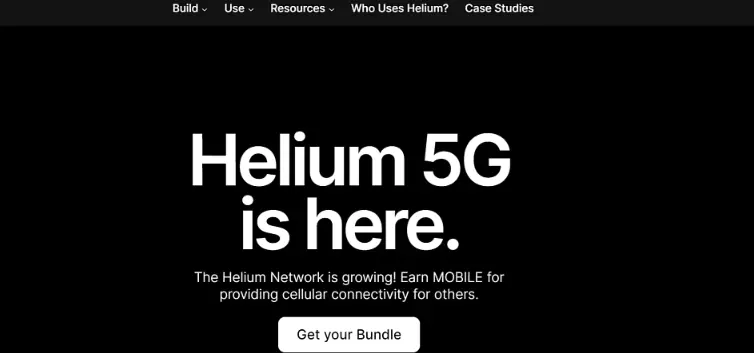
Wireless DePIN projects like Helium focus on capturing a share of connection services from large network providers. Helium employs a multi-token system, where each token in the ecosystem plays a role in providing network resources and rewarding providers. HNTToken is burned by users to obtain connection services, while MOBILEToken powers the Helium 5G project. Owners of 5G hotspot bundles provide network coverage and earn MOBILEToken.
2) Geospatial
Location services are another niche area for DePIN. PRN (Position Reference Network) incentivizes providers to offer physical location services and rewards them with local cryptocurrency. Such projects use sensors or community contributors to provide location data to the network, which computes this data to offer services such as regional mapping.
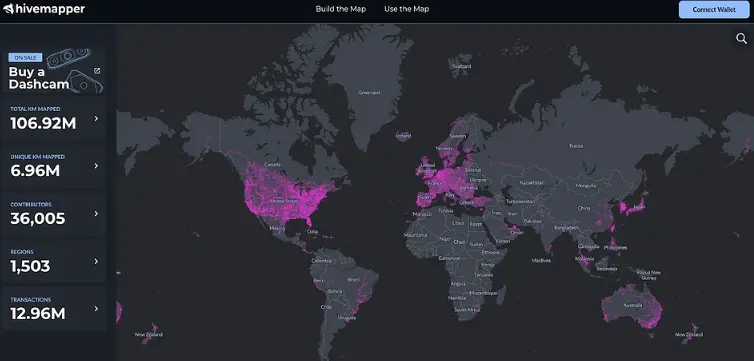
Projects like Hivemapper are leveraging community power to build a crowdsourced map. Contributors can provide manual mapping resources or use Hivemapper's dashcam. Users can install the dashcam in their vehicles and enable the network while moving to read location data. These contributors will receive a corresponding amount of HONEYToken as a reward based on the area covered.
3) Mobility
Cars and other vehicles have greatly improved people's travel experiences. However, aside from the infrastructure development of automotive technology, there has been little focus on how car owners manage their vehicles and how much additional value they derive from them. Mobility DePIN projects are designing updated ways to manage vehicles, collaborating with other owners and companies, and earning rewards in the process.

4) Health
Fitness applications promote healthy lifestyles. Some time ago, FitFi sparked a brief trend, with applications like this rewarding users for completing specific fitness tasks to encourage healthy living. Although these applications are no longer as popular as before, DePIN projects in this field are operating with similar designs.

Applications like Healthblocks reward users for providing specific health-related information so that healthcare companies and workers can make progress. Users can also connect their fitness devices to the application to track their fitness goals. Users earn HEALTHToken as a reward by completing tasks or providing data.
5) Energy
DePIN projects in the energy sector claim to promote green energy generation by connecting renewable energy providers with companies that utilize this energy. These projects facilitate the organization of reliable energy supply data and leverage this data to develop environmentally friendly energy practices.
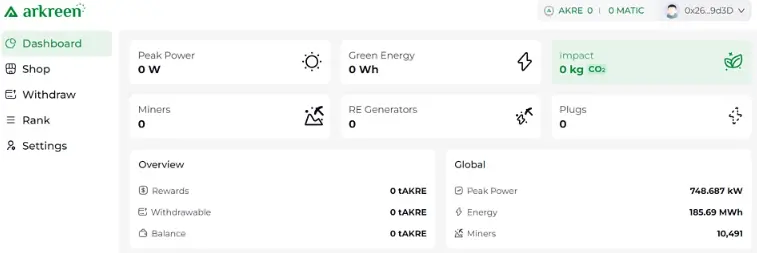
Arkreen is a green energy decentralized project that incentivizes green energy providers to provide data about their energy facilities. The data that can be provided includes the capacity of solar installations and other similar data. Demand-side participants for such applications include Renewable Energy Certificate (REC) issuers and green computing operators who can access power data and use it to build applications and services.
6) Storage Networks
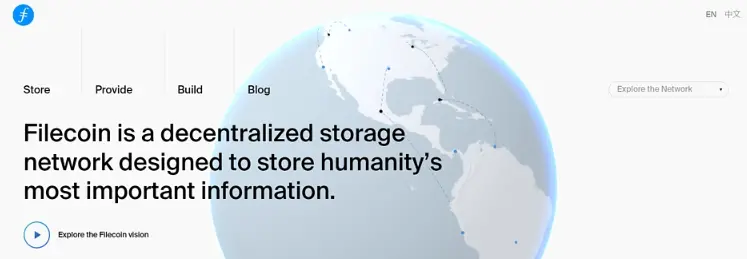
Decentralized storage networks provide on-demand storage space for users by incentivizing providers to contribute storage space. Projects like Filecoin claim to make the internet safer and more efficient through decentralized data storage markets, protocols, and cryptocurrencies. The Filecoin blockchain records the storage space contributed by each provider and rewards contributors with Filecoin, while users pay rental fees for storage space to securely store their data and files.
7) Bandwidth Networks
Decentralized bandwidth networks aim to optimize content delivery and reduce content delivery costs by incentivizing private providers to share their bandwidth. By doing so, it enables existing video and media platforms to earn incremental revenue while users utilize shared bandwidth at lower costs, providing higher quality multimedia content.
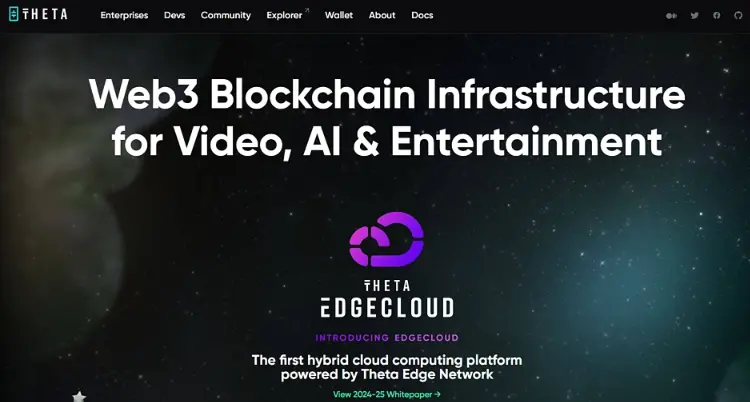
One project in this field is Theta Network. Theta is a network compatible with the Ethereum Virtual Machine (EVM), consisting of a blockchain network and an edge network. The blockchain part of Theta handles financial remittances and smart contracts, while the edge network manages the storage and delivery of media assets. Bandwidth providers earn rewards by obtaining THETAToken, while bandwidth can be shared across mobile devices, personal computers, and other devices.
8. Final Thoughts
Decentralized infrastructure projects (DePIN) democratize software and hardware infrastructure in a community-based manner, providing everyone with opportunities to contribute and reap rewards. Theoretically and practically, it showcases the power of community, cryptocurrency, and blockchain technology. While it remains unclear whether its financial advantages are fully realized, it has already shown signs of being an economical approach to infrastructure development. This applies to users, providers, and the projects themselves. For projects, contributions from everyone can save the project team substantial resources. Providers earn passive or active financial returns based on their level of contribution. For users, community-based systems are more likely to adopt pricing models that align with users' purchasing power.
From a technical perspective, decentralized infrastructure projects may represent the next stage of development for commercial-grade facilities, software, and hardware. Current systems are overly centralized, with companies dominating the management of critical routine infrastructure. Decentralized infrastructure projects can actively change this situation and return control to distributed providers and users, forming an industrial-grade DAO (Decentralized Autonomous Organization). Current prototypes of decentralized infrastructure projects have already demonstrated this. By distributing rewards in the form of cryptocurrency, it also promotes the adoption of smoother payment systems. Cryptocurrency is inherently suitable for such systems.
However, it is important to note that while these projects show potential, there may also be certain drawbacks, some of which are not yet known due to the current stage of development. It is also worth noting that these systems are relatively young, and like any other new technology, they may be susceptible to rapid changes, some of which may not align with user expectations. Additionally, it is important to understand how these protocols interact with you as a provider or user. Furthermore, bad actors may also exploit these systems. Overall, it is advisable to conduct proper personal research.










